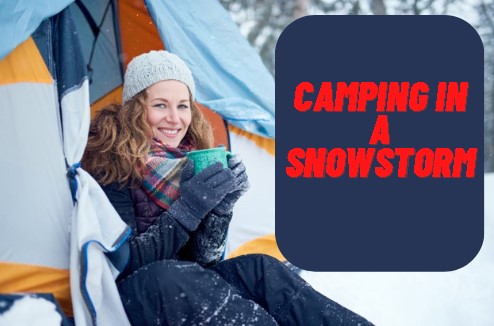Subscribe
Stay updated with our newsletter
Images provided by: depositphotos.com
Conclusion
Camping in a snowstorm can be a thrilling and unique experience, but it's important to be well-prepared in order to stay safe and comfortable. By considering the right gear, clothing, and shelter options, as well as keeping safety in mind, you can ensure that your winter camping trip is a success. With a little preparation and the right mindset, you can enjoy the beauty and serenity of the winter wilderness while creating unforgettable memories.

